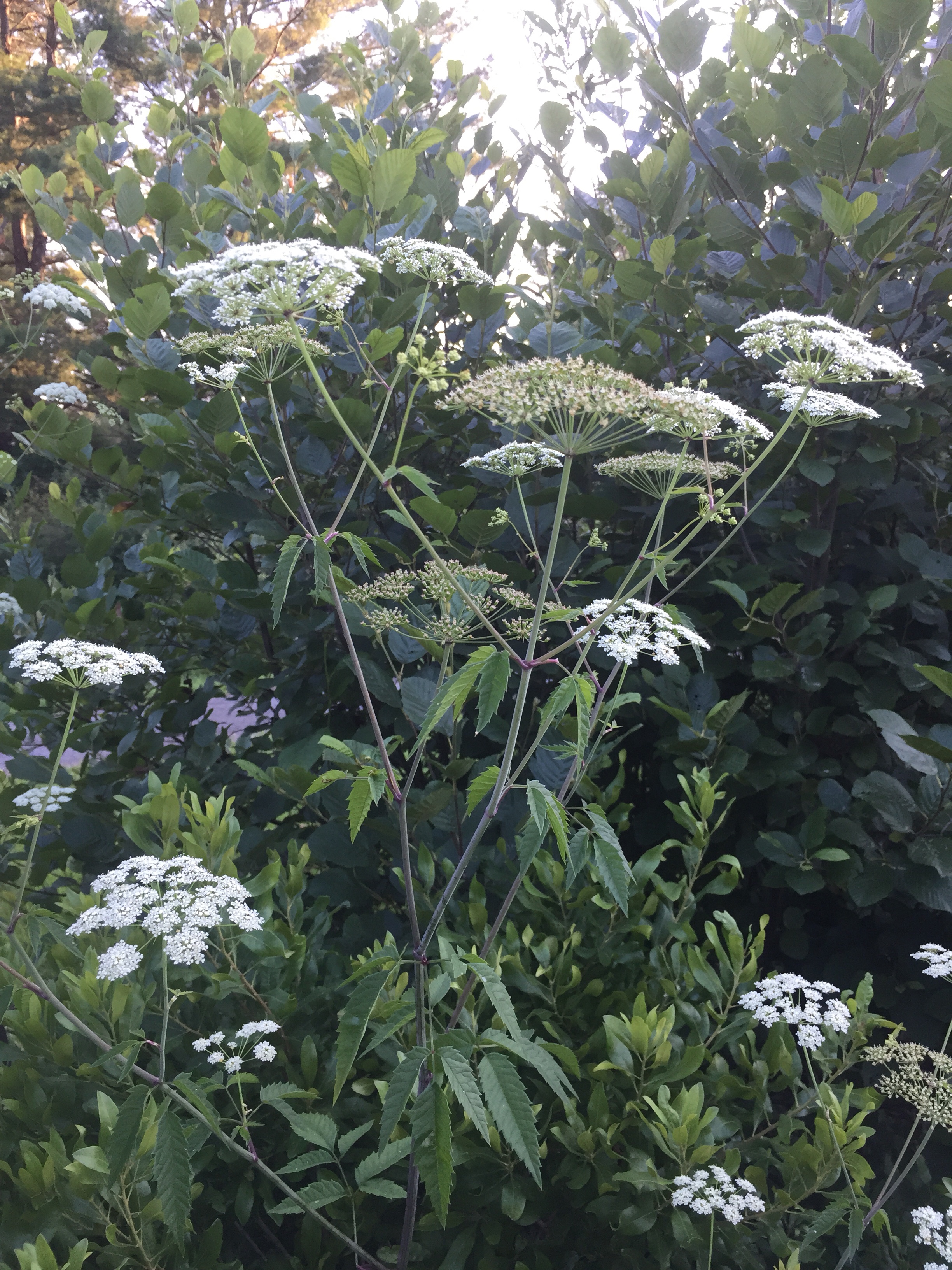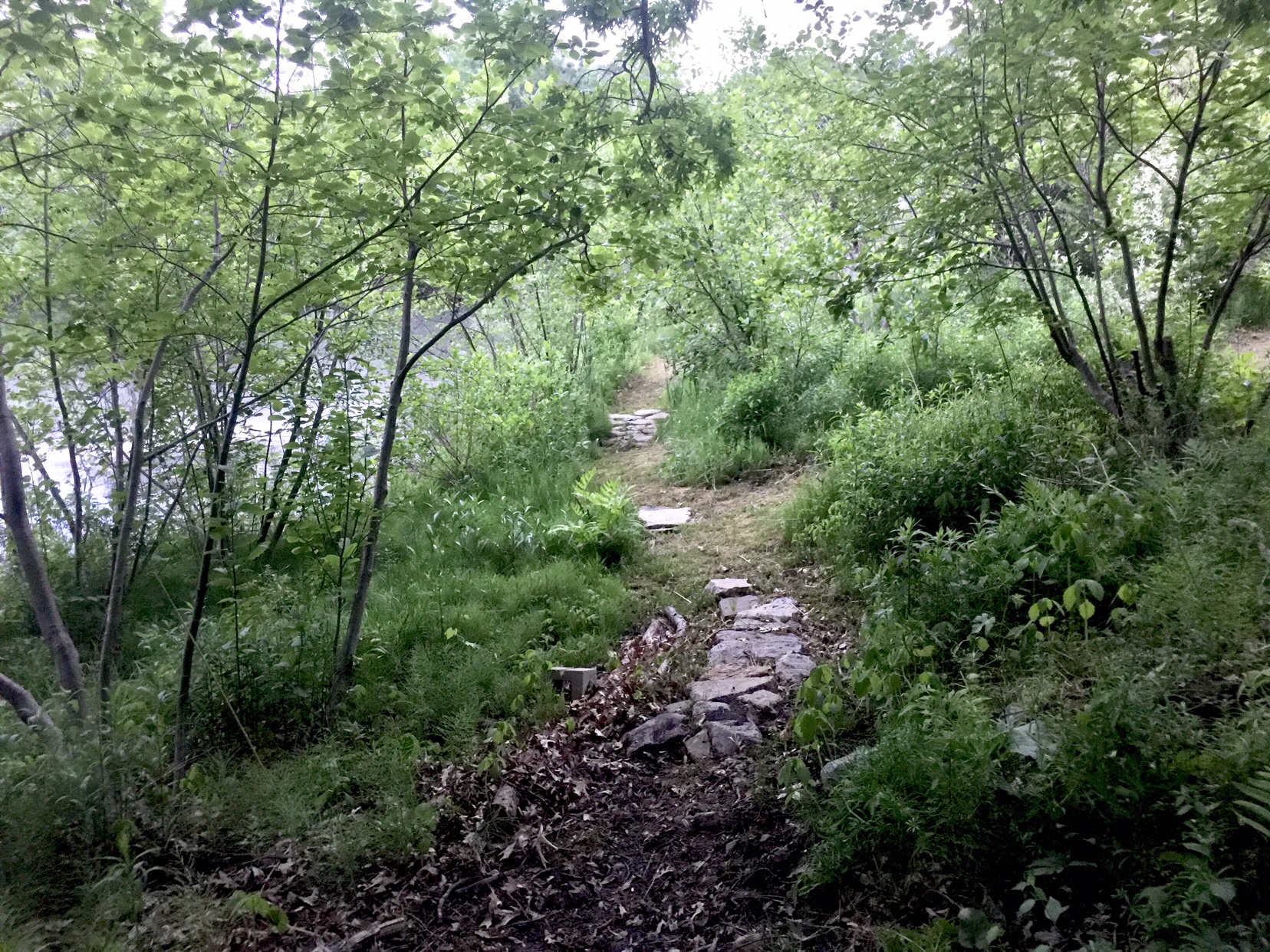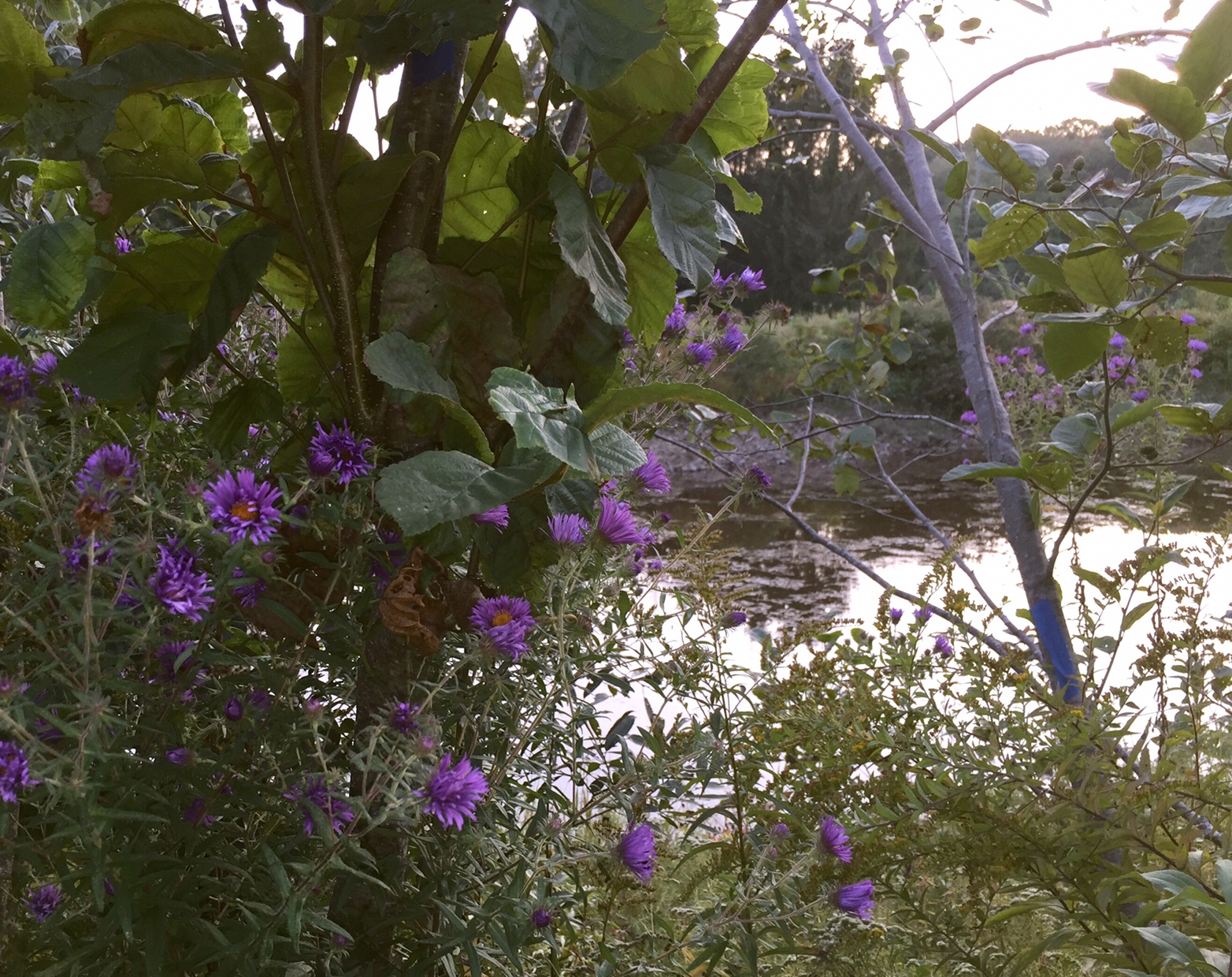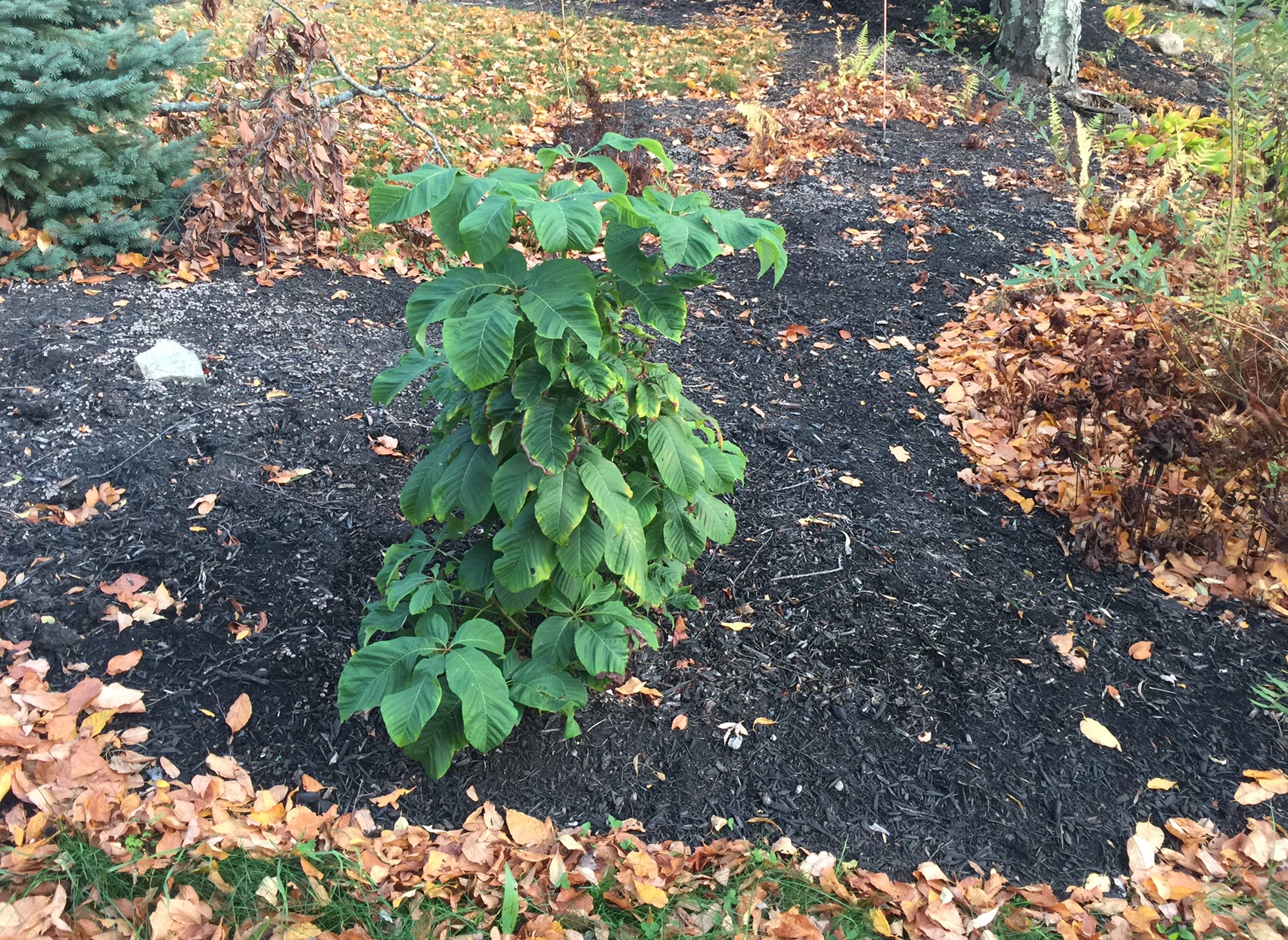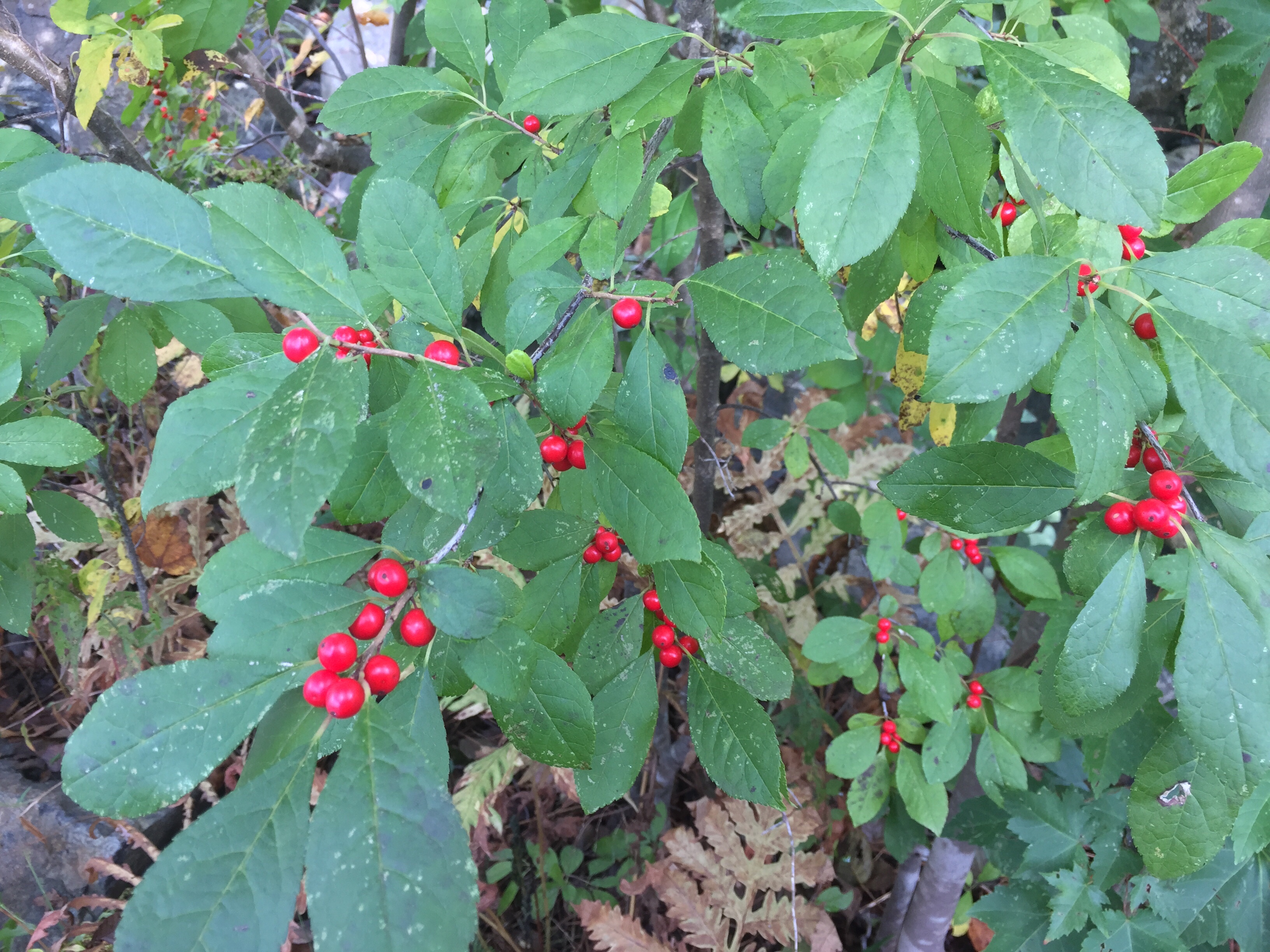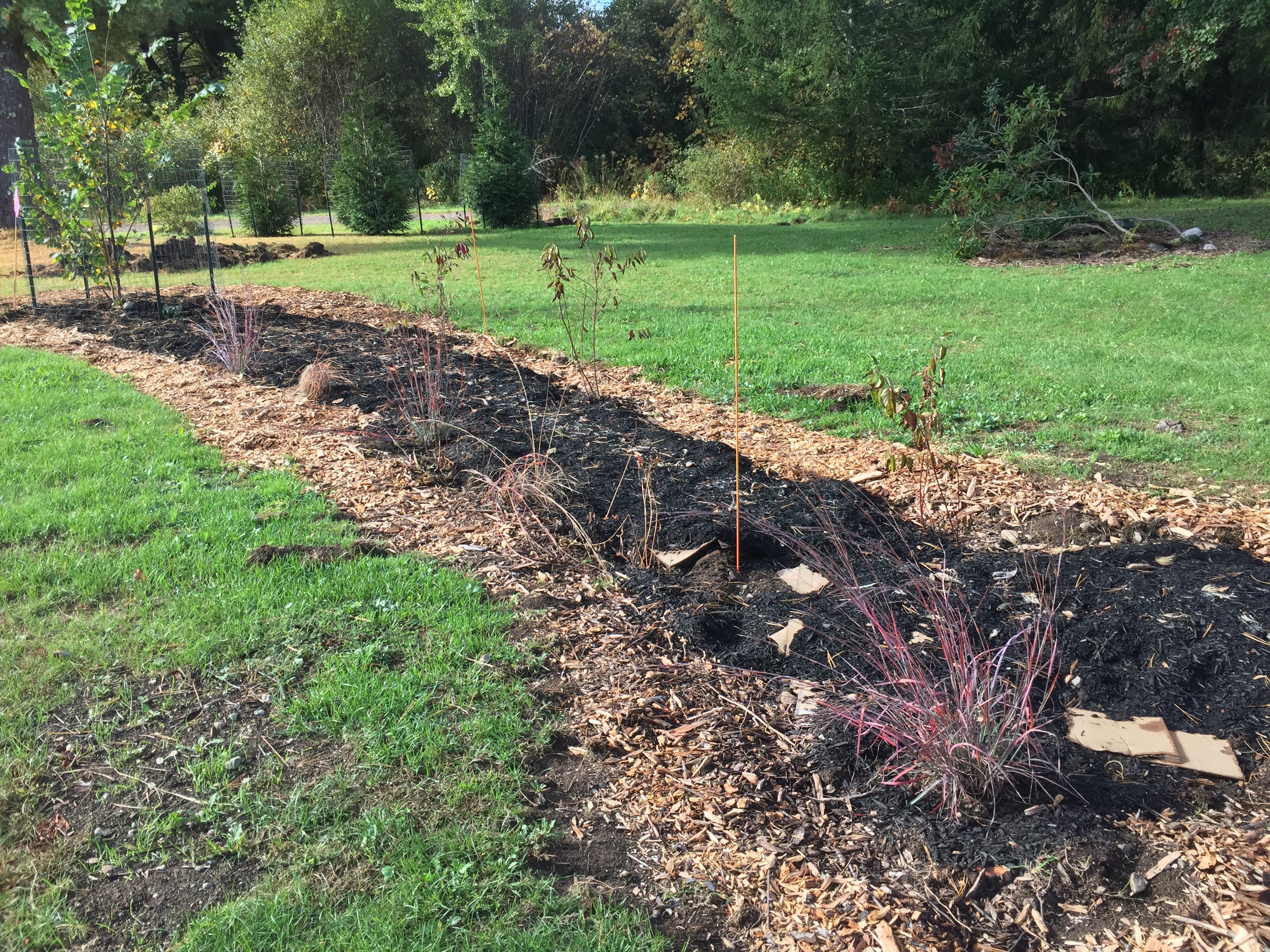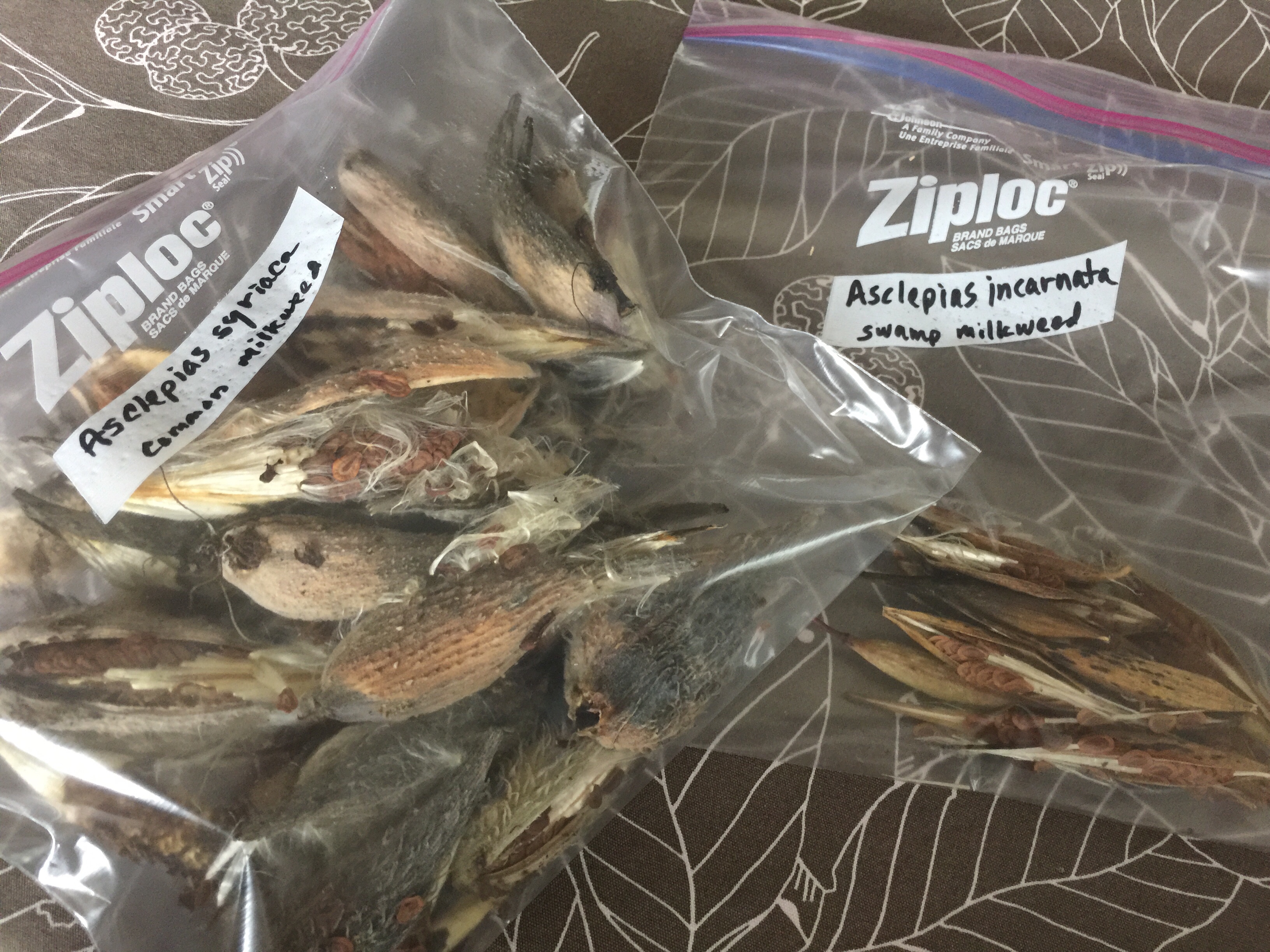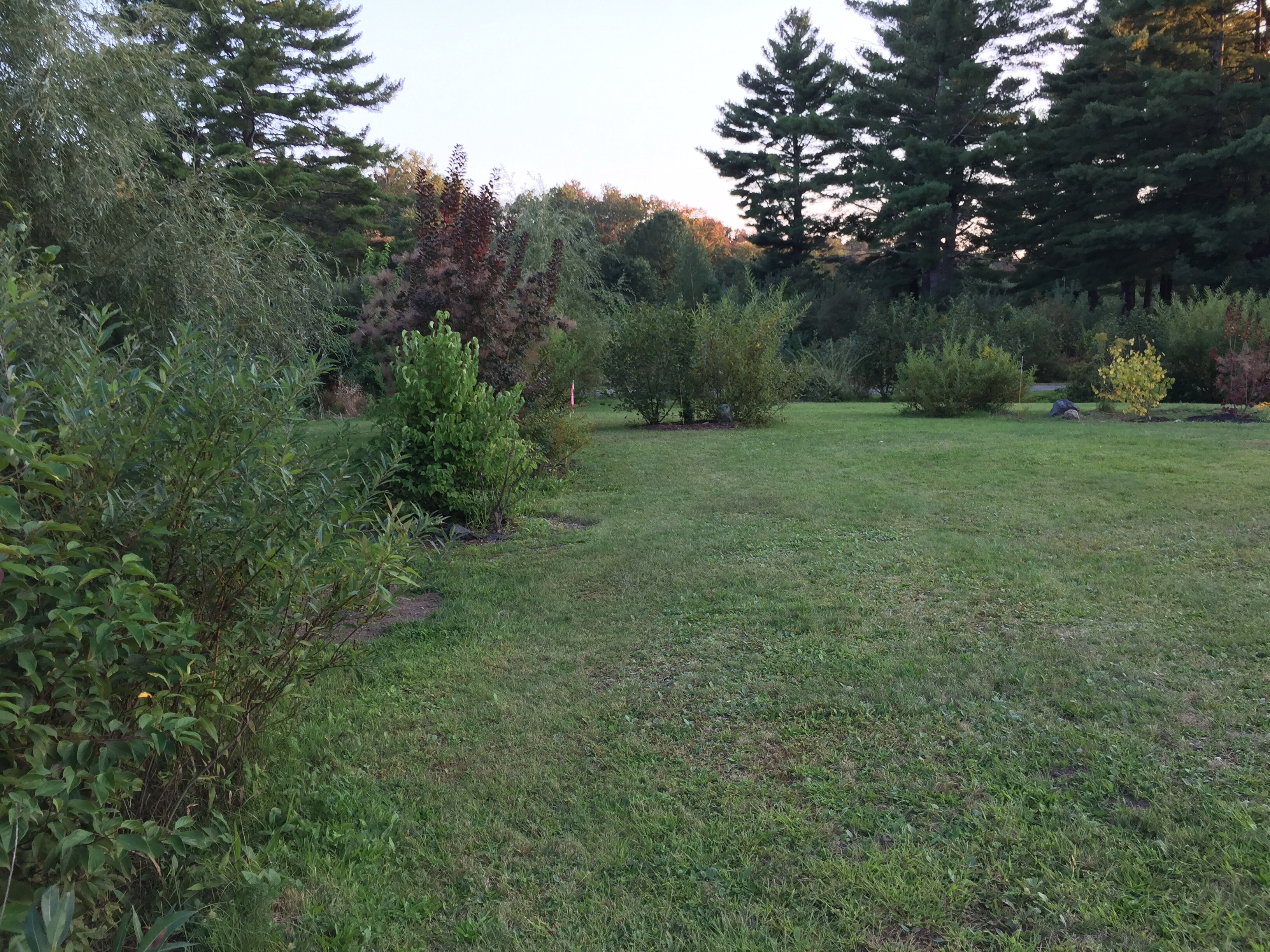Just placed an order for more baby plants: 10 spicebushes (Lindera benzoin) and 10 buttonbushes (Cephalanthus occidentalis).
We’ve never tried spicebushes here, however, it seems that they might be right at home in the woods and rocky soil next to the pond. That area has been populated mainly by pine, alder and willow, with one area of dogwood. We’ll see if they can create more diversity in the shrub layer and provide more cover for wildlife. Great for birds and butterflies, they’re said to be a superior and fragrant alternative to non-native forsythia.
The one buttonbush we have has been so beautiful and happy in the wet soil beyond the pond, it’ll be nice to have a grouping. Ducks and water birds eat their seeds, and they’re also good for butterflies, bees and insects.
